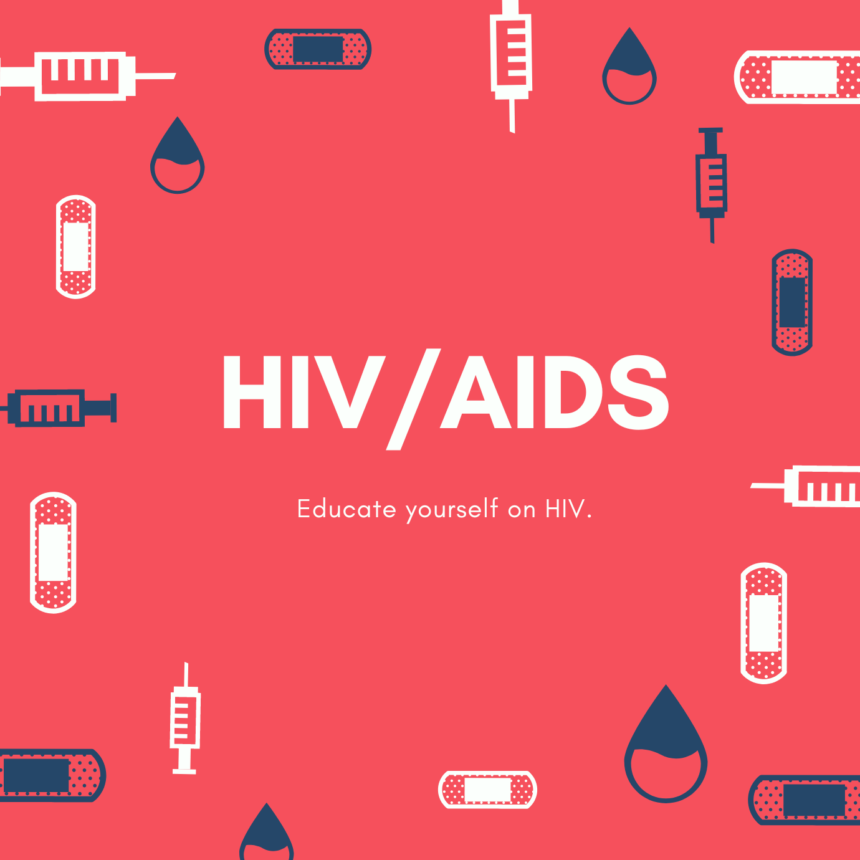This guide sheds light on the significant issue of HIV/AIDS stigma and discrimination, aiming to educate individuals, communities, and policymakers about the impact of these negative attitudes and promote strategies to combat them.
- Understanding HIV/AIDS Stigma: The guide starts by defining HIV/AIDS stigma and explaining how it manifests in different forms, such as social, institutional, and self-stigma. It highlights the harmful consequences of stigma, including fear, prejudice, and discrimination faced by people living with HIV/AIDS.
- Challenging Misconceptions: This section addresses common misconceptions and myths surrounding HIV/AIDS. It provides accurate information to challenge these beliefs and replace them with facts, promoting a more empathetic and understanding perspective.
- Educating the Public: The guide emphasizes the importance of public education campaigns to combat stigma. It advocates for comprehensive, evidence-based education that dispels myths, fosters empathy, and encourages open dialogue about HIV/AIDS.
- Storytelling and Personal Experiences: To humanize the issue, the guide showcases real-life stories and experiences of people living with HIV/AIDS. These personal accounts serve to break down stereotypes and encourage compassion and support.
- Promoting Empathy and Compassion: This section highlights the significance of empathy and compassion in addressing HIV/AIDS stigma. It encourages people to put themselves in the shoes of those living with the virus and consider the challenges they face.
- Involvement of Key Stakeholders: The guide underscores the role of healthcare providers, community leaders, and policymakers in addressing stigma. It advocates for their active involvement in reducing stigma and ensuring access to quality care and support for people with HIV/AIDS.
- Legal and Policy Frameworks: This section discusses the importance of implementing legal and policy frameworks that protect the rights of people living with HIV/AIDS and prevent discrimination based on their health status.
- Supportive Environments: The guide promotes creating supportive environments in healthcare settings, schools, workplaces, and communities. It advocates for non-judgmental, inclusive spaces that allow people with HIV/AIDS to live free from discrimination.
- Media’s Role in Reducing Stigma: This section addresses the role of media in shaping public perceptions of HIV/AIDS. It encourages media outlets to portray accurate and empathetic representations of people living with the virus.
- Collaborative Efforts: The final section emphasizes the need for collaborative efforts among various stakeholders to address HIV/AIDS stigma comprehensively. It calls for partnerships between governments, non-governmental organizations, healthcare providers, and affected communities to work together towards stigma reduction.
By spreading awareness about HIV/AIDS stigma and discrimination and promoting strategies to combat them, this guide seeks to create a more supportive and understanding society for people living with HIV/AIDS. It emphasizes the importance of treating individuals with HIV/AIDS with dignity, respect, and empathy, as they continue to navigate life with the virus. Through collective efforts and education, the aim is to build a society where people can live without fear of stigma and discrimination related to their HIV status.
